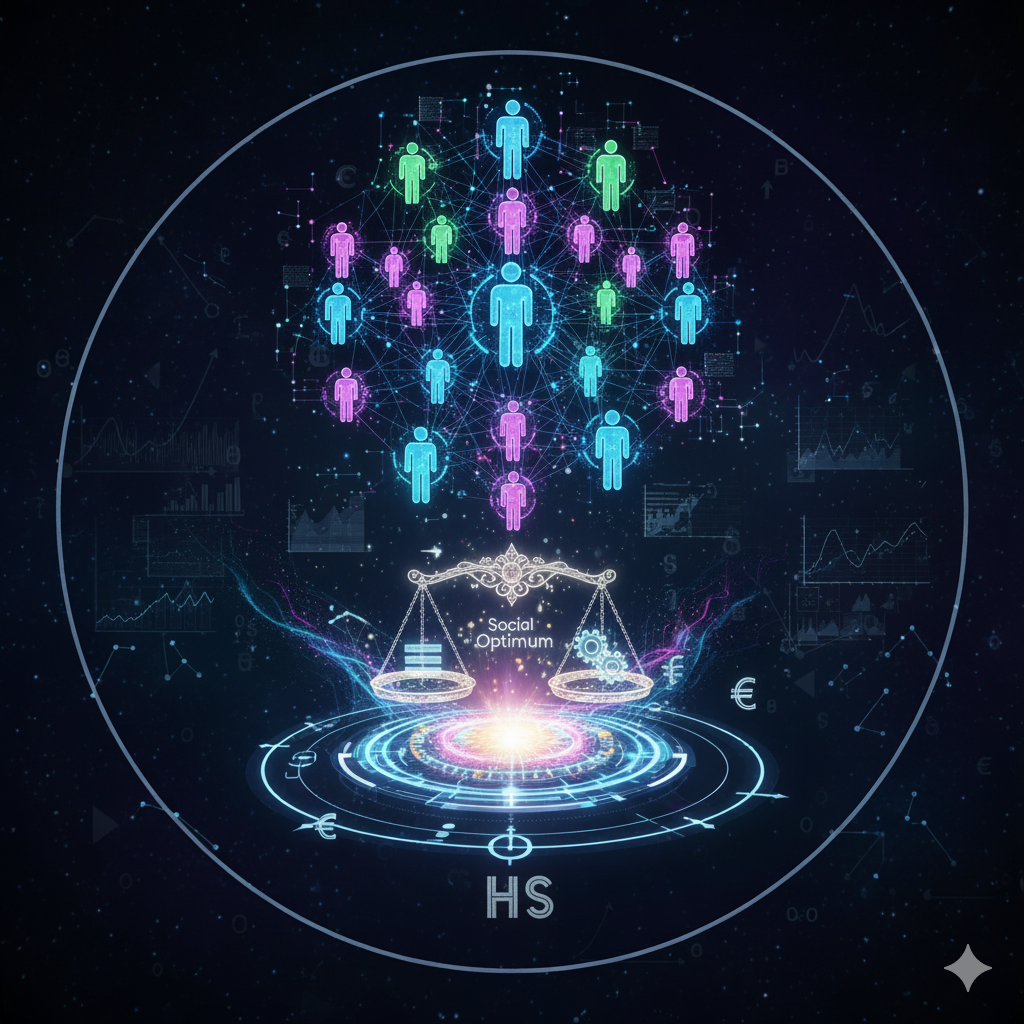Introduction
The rise of digital currencies has fundamentally reshaped the financial landscape, challenging the dominance of traditional fiat money. At the heart of this revolution is Bitcoin, the world’s first cryptocurrency, launched in 2009 by the mysterious figure Satoshi Nakamoto. While Bitcoin pioneered the concept of blockchain-based decentralized money, it also opened the door for thousands of other cryptocurrencies, collectively known as altcoins (alternative coins).
Altcoins were introduced to improve upon Bitcoin’s limitations, experiment with new technologies, and serve different use cases. Today, the cryptocurrency ecosystem consists of thousands of projects, each trying to carve a niche. But how exactly does Bitcoin differ from these altcoins, and what does the future hold for both?
This article explores the key differences between Bitcoin and altcoins, their advantages and challenges, and how they are shaping the future of cryptocurrencies.
What is Bitcoin?
Bitcoin is the first and most valuable cryptocurrency. It was created to enable peer-to-peer transactions without intermediaries like banks. Its design is based on blockchain, a distributed ledger that records transactions transparently and securely.
Core Features of Bitcoin
- Decentralization: No central authority controls Bitcoin.
- Scarcity: Only 21 million Bitcoins will ever exist, making it a deflationary asset.
- Security: Bitcoin uses the Proof of Work (PoW) mechanism, where miners validate transactions by solving complex algorithms.
- Store of Value: Often called “digital gold,” Bitcoin is primarily used as an investment and a hedge against inflation.
- Global Acceptance: It is the most widely accepted cryptocurrency by exchanges, businesses, and institutions.
Bitcoin’s focus remains on being a digital currency and a store of value, rather than adopting numerous features or applications.
What are Altcoins?
The term altcoins refers to all cryptocurrencies other than Bitcoin. They were created to overcome Bitcoin’s shortcomings such as slow transaction speed, high energy consumption, and limited use cases.
Types of Altcoins
- Ethereum (ETH) – Introduced smart contracts and decentralized applications (dApps).
- Stablecoins (USDT, USDC, DAI) – Pegged to real-world assets like the US dollar to minimize volatility.
- Utility Tokens (BNB, SOL, ADA) – Used to power blockchain platforms and applications.
- Privacy Coins (Monero, Zcash) – Focus on anonymous transactions.
- Meme Coins (Dogecoin, Shiba Inu) – Created as internet jokes but gained popularity due to community hype.
- Central Bank Digital Currencies (CBDCs) – Though not altcoins in the pure sense, governments are exploring digital versions of fiat currencies.
Altcoins represent innovation and diversity in the crypto ecosystem, addressing different markets and technological needs.
Key Differences Between Bitcoin and Altcoins
While Bitcoin and altcoins share the same foundation—blockchain technology—they differ significantly in vision, function, and adoption.
1. Purpose
- Bitcoin: Primarily created to serve as digital money and a store of value.
- Altcoins: Designed for various purposes—smart contracts, decentralized finance (DeFi), gaming, NFTs, or faster payments.
2. Technology and Functionality
- Bitcoin: Simple and secure; its blockchain focuses only on transactions.
- Altcoins: Many adopt advanced features—Ethereum supports smart contracts, Ripple enables fast cross-border transactions, and Cardano focuses on sustainability.
3. Consensus Mechanism
- Bitcoin: Uses Proof of Work (PoW), which is secure but energy-intensive.
- Altcoins: Many use Proof of Stake (PoS) or other eco-friendly mechanisms that are faster and scalable.
4. Transaction Speed and Cost
- Bitcoin: Processes 4–7 transactions per second, with higher fees during congestion.
- Altcoins: Some like Solana and Ripple handle thousands of transactions per second at very low costs.
5. Volatility and Stability
- Bitcoin: Still volatile but more stable compared to newer coins.
- Altcoins: Often more volatile, with prices fluctuating drastically due to speculation. Stablecoins are exceptions.
6. Market Dominance
- Bitcoin: Holds the largest market share (40–50% of total crypto market capitalization).
- Altcoins: Thousands exist, but only a few (like Ethereum, Binance Coin) command significant market value.
7. Adoption
- Bitcoin: Widely accepted by merchants, institutions, and even some governments (El Salvador recognized Bitcoin as legal tender).
- Altcoins: Adoption depends on specific use cases; for example, Ethereum is popular among developers, and Ripple is favored in banking.
Advantages of Bitcoin
- First-Mover Advantage – Recognized globally as the original cryptocurrency.
- Security – Its network is the most secure due to the massive computing power of miners.
- Scarcity – Limited supply increases its value over time.
- Widespread Recognition – Considered a hedge against inflation, similar to gold.
- Liquidity – Easily tradable worldwide with high demand across all exchanges.
Advantages of Altcoins
- Technological Innovation – Support for smart contracts, DeFi, and NFTs.
- Scalability – Faster transactions and lower fees compared to Bitcoin.
- Diverse Use Cases – Banking, gaming, supply chain, healthcare, and more.
- Lower Entry Cost – Many altcoins are cheaper, attracting small investors.
- Community-Driven Growth – Some altcoins thrive due to strong community support.
Challenges Facing Bitcoin and Altcoins
Challenges for Bitcoin
- High energy consumption (PoW mining).
- Slow transaction speed compared to modern blockchains.
- Over-dependence on being just a “store of value.”
Challenges for Altcoins
- Lack of trust compared to Bitcoin.
- High volatility and market manipulation.
- Many projects fail or turn into scams (so-called “pump and dump” schemes).
- Regulatory uncertainty across countries.
The Future of Cryptocurrencies: Bitcoin vs Altcoins
The future of cryptocurrencies will not be about Bitcoin versus altcoins, but rather about coexistence and specialization.
The Future of Bitcoin
- Digital Gold: Bitcoin will likely continue being the most trusted crypto asset.
- Institutional Investment: More corporations and banks are adding Bitcoin to their portfolios.
- Global Legalization: Some countries may adopt Bitcoin as legal tender or part of reserves.
The Future of Altcoins
- Ethereum and Smart Contracts: Ethereum 2.0’s Proof of Stake system promises faster, greener transactions.
- DeFi Growth: Altcoins will power decentralized finance platforms, revolutionizing banking.
- Stablecoins: Could bridge traditional finance with crypto by offering stability.
- Innovation Hub: Altcoins will keep experimenting with new applications, from gaming to healthcare.
The Balance of Power
- Bitcoin will likely dominate as a store of value, while altcoins will lead in innovation and diverse applications.
- The future may also witness integration of cryptocurrencies into mainstream finance through CBDCs and hybrid models.
Conclusion
The world of cryptocurrencies is vast and dynamic, led by Bitcoin as the pioneer and strengthened by altcoins that bring diversity and innovation. While Bitcoin provides security, trust, and value storage, altcoins focus on expanding blockchain’s potential across industries.
For investors, businesses, and policymakers, the key is to recognize that Bitcoin and altcoins are complementary rather than competitors. As the digital economy matures, we can expect a future where cryptocurrencies redefine how we store, transfer, and manage value on a global scale.





I consider, that you are not right. I am assured. I suggest it to discuss. Write to me in PM, we will talk.